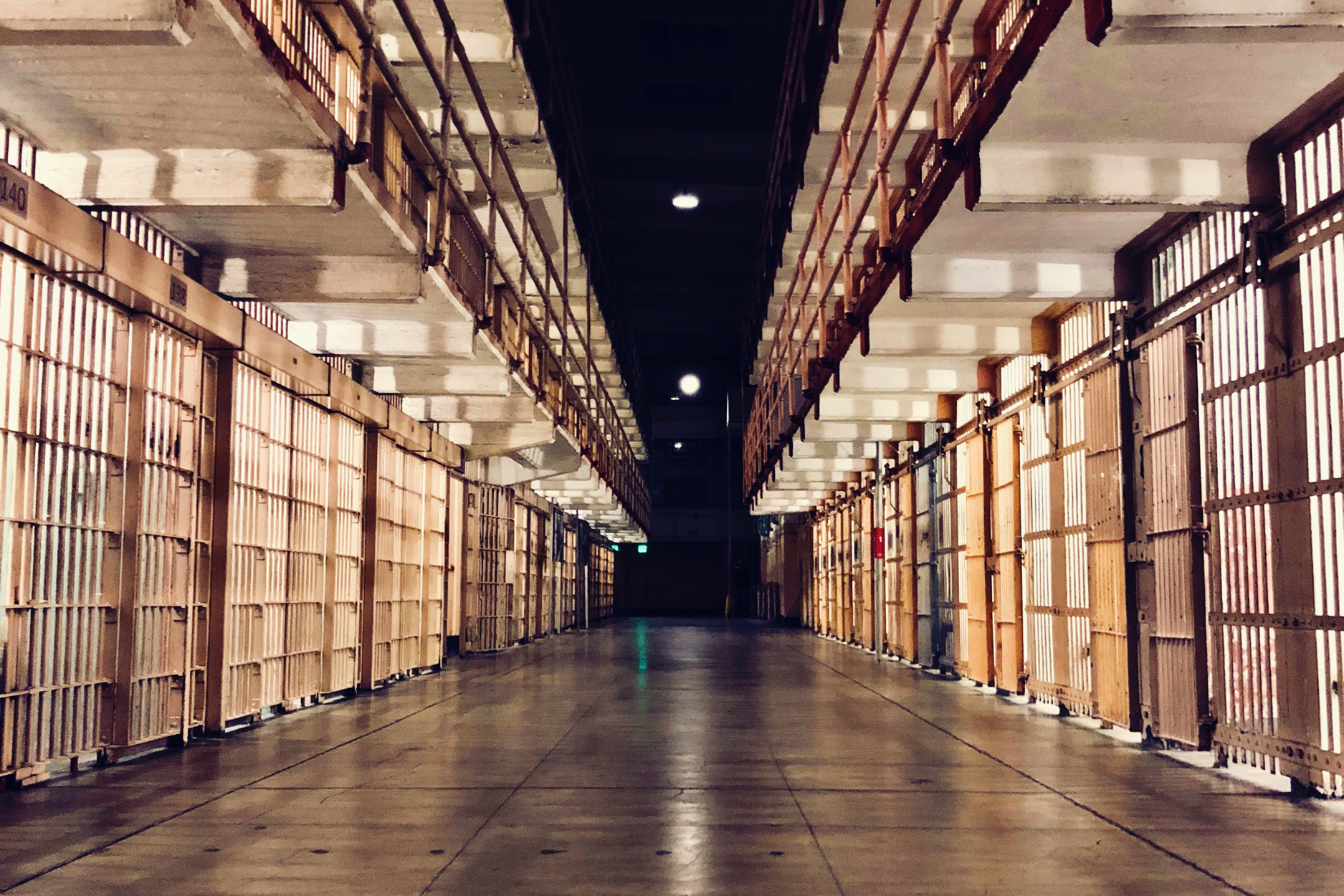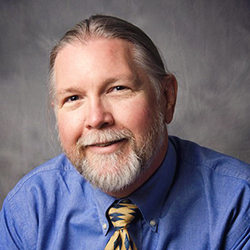
A recently published, interdisciplinary call to action offers insight into issues of correctional mental and physical health, its impact on all communities and actionable steps for the future.
"One of my favorite phrases with my students is criminal justice is no longer just us. We have to bring everybody into this if we really believe that criminal justice has any rehabilitative hope or function,” says Roberto Potter, professor of criminal justice at UCF.
Fifteen years ago, the then U.S. Surgeon General Richard Carmona, certified in correctional health and former medical director at a county jail of over two thousand inmates, tasked a small group led by Potter at the national Centers for Disease Control and Prevention to create a Surgeon General’s Call to Action on Corrections and Community Health. While the team finalized their 40-page document a few years later, the implications of the call to action and its contents never made it past government clearance. That changed in 2018 when the “Symposium on Correctional Health and the Community” was published in two issues of the Journal of Health and Human Services Administration.
 Roberto Potter, professor of criminal justice at UCF, has worked in family welfare, criminal justice and mental health — including his first state job in Florida as a therapist in a psychiatric prison. With this breadth of knowledge and experience, Potter has witnessed firsthand the importance of an interdisciplinary approach to correctional healthcare and the community.
Roberto Potter, professor of criminal justice at UCF, has worked in family welfare, criminal justice and mental health — including his first state job in Florida as a therapist in a psychiatric prison. With this breadth of knowledge and experience, Potter has witnessed firsthand the importance of an interdisciplinary approach to correctional healthcare and the community.Potter says publishing the two-issue symposium in the journal offered an opportunity to reach public administrators who are often in charge of budgeting, planning and other things related to correctional and community health. In fact, Potter thinks they broke new ground in the work’s publication with a combination of public administration, criminal justice/criminology, and health and informatics contributions. In terms of health, he believes they “reinforced the relationship between what goes on in the community and what enters and exits the correctional system, as well as where knowledge gaps persist.”
The interdisciplinary nature of this work brings to light many facets of social services related to the effectiveness of criminal justice. Potter says, “Years ago, I wrote that criminal justice inherits the failures of every social system. We get the failures of education, family, healthcare, religion — we get the failures of everything and make a few of our own. You can't do this work effectively without involving the health community, behavioral and physical, as well as all sorts of social services.”
The contrast relating to health between the general population and those in the correctional system is staggering. Take substance abuse. Potter says, in the general population, half of the country doesn’t drink and the other half drinks regularly at least once a month. But in the correctional system, it's closer to 80% and usually daily. In the general population, 2% to 4% use illegal drugs or prescription drugs illegally. In the correctional population, the percentage jumps to about 70% to 80%.
In his forward to the symposium, Carmona says inmates regularly return to the community with mental health problems, chronic or infectious diseases and lack permanent housing or employment — all factors that lead to recidivism, a return to criminal activity. “It is clear that these inmates, when discharged, pose a significant risk to society due to the high incidence of mental and physical health problems, some of the latter being communicable.”
For many of these folks who cycle through the criminal justice system, corrections is the only place they ever get healthcare. It is one of the ways we impact what happens in the community — who comes into criminal justice and then who comes back out into the community.
According to Potter, 60% of the people arrested in Florida are out in 24 hours. In the rest of the country, it’s only a little longer at 48 to 72 hours. While some return and serve a few weeks, most receive time served and probation. When these individuals reenter society, the concentration of health issues within the correctional system follows and impacts the overall health of the community.
“For many of these folks who cycle through the criminal justice system, corrections is the only place they ever get healthcare. It is one of the ways we impact what happens in the community — who comes into criminal justice and then who comes back out into the community.”
Health management and informatics was one of many disciplines to contribute to the symposium. In regards to continuous access and care, there is an examination of what it will take to use technology to improve health and effectively utilize health information systems to make the most out of public funding.
According to Potter, “We have all these electronic health records running around, none of which seem to connect to jail and prison records. And we just squander what we do with these people when we send them back out in the community and it doesn't connect up.”
Carmona closes the forward with a hope for greater awareness. “Our collective hope is that this symposium publication will shine a light on this complex overlooked population that regularly intersects with and may impact the public health of all our communities.”
The Department of Criminal Justice at the University of Central Florida provides excellence in teaching, research and service. Dedicated to its students, the faculty delivers outstanding instruction at the undergraduate and graduate levels, incorporating learning, service and inquiry. The department also conducts quality research and pursues local, state and federal funding to advance knowledge in the discipline. By actively developing meaningful partnerships, it provides exemplary service to the university and the broader professional and academic community.